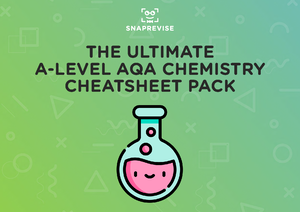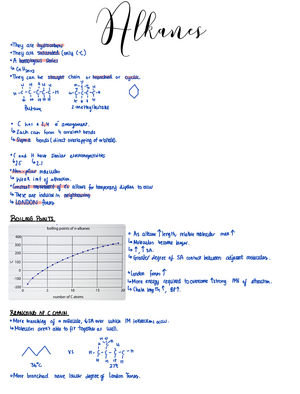- Information
- AI Chat
This is a Premium Document. Some documents on Studocu are Premium. Upgrade to Premium to unlock it.
Was this document helpful?
This is a Premium Document. Some documents on Studocu are Premium. Upgrade to Premium to unlock it.
2A titrations - A detailed unit2 assignment a
Subject: Chemistry
493 Documents
Students shared 493 documents in this course
Degree • Grade:
Sixth Form (A Levels)
• A2 - A LevelWas this document helpful?

REINALYN PALAGANAS QUIÑONES
4/24/23
BTEC: APPLIED SCIENCE UNIT 2 ASSIGNMENT A
1
Unit 2: Practical Scientific Procedures and Techniques
Concentrate on keeping up your standards
Learning aim:
A: Undertake titration and colorimetry to determine the concentration of solutions.
Introduction
Titration is a method where a solution of known concentration is used to determine a
concentration of an unknown solution. Calibration maintains the accuracy, so methods could
be repeated. The knowns concentrations are also known as the standard solution. The known
concentration is used to prove the correct calculations.
Neutralisation is a process where an acid and alkali are combined to make a neutral solution.
The protons are transferred from the acid so it will produce a salt and a water. The
neutralisation equation is 2H2(g) + O2(g) ==> 2H2O(l) + energy
1
(Doc Brown’s, 2000). When
acids are added to water, they form positively charged hydrogen ions (H+). By adding
hydrogen ions, it makes a solution more acidic. When alkalis are added to water (H2O) they
form negative hydroxide ions which is also known as OH-. The pH scale numerical scale is
also used to tell how acidic or alkali a solution is. When neutralisation happens, it makes the
reaction move towards pH 7. We can use the equation molarity (M) of the acid x volume (V)
of the acid = molarity (M) of the base x volume (V) of the base. The pH level for
neutralisation is 7, which is also the colour green.
The titration results can also be analysed with a titration curve where the pH changes in the
titrated solution, as the number of moles added from the burette.
2
The strength of the acid describes acid molecules that ionise whilst concentration describes
the number of acid molecules per volume of solvent. A strong alkali is fully ionised in water
to produce a high concentration of hydroxide ions, while a weak alkali which only will ionise
partially in water will produce a low concentration of hydroxide ions.
The measure of the strength for phenolphthalein is 9.7 pK. The basic form colour is pink.
3
1
Equation taken - https://www.docbrown.info/page07/equilibria5f.htm
2
Information taken - https://www.umb.edu.pl/photo/pliki/WF_jednostki/zaklad-chemii-
medycznej/english_division/laboratory_3.pdf
3
Measure of strength - https://www.umb.edu.pl/photo/pliki/WF_jednostki/zaklad-chemii-
medycznej/english_division/laboratory_3.pdf












